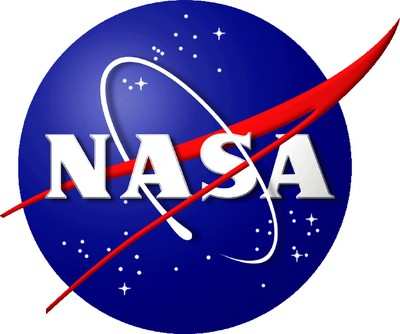Mon, Mar 31, 2014
Kennedy Space Center Will Support Several Different Spacecraft And Rockets
NASA achieved a major milestone this month in its effort to transform the agency's Kennedy Space Center in Florida into a multi-user spaceport by successfully completing the initial design and technology development phase for the Ground Systems Development and Operations (GSDO) Program.

The major program milestone on March 20, called the Preliminary Design Review, provided an assessment of the initial designs for infrastructure at Kennedy and allowed development of the ground systems to proceed toward detailed design. The thorough review has validated the baseline architecture is sound and aligns with the agency's exploration objectives.
"We've pushed the boundaries of space exploration for more than 50 years and are making progress getting ready to move the frontier even further into the solar system," said Dan Dumbacher, deputy associate administrator for exploration system development at NASA Headquarters in Washington. 'The work being done to transform our abilities to prepare and process spacecraft and launch vehicles at Kennedy is a critical piece of our efforts to send astronauts in Orion on top of the Space Launch System to asteroid and ultimately Mars."
Unlike previous work at Kennedy focusing on a single kind of launch system, such as the Saturn V rocket or space shuttle, engineers and managers in GSDO are preparing the spaceport's infrastructure to support several different spacecraft and rockets in development for human exploration. This includes NASA's development of the Space Launch System (SLS) rocket and Orion spacecraft. They will provide an entirely new capability for human exploration beyond low-Earth orbit with the flexibility to launch spacecraft for crew and cargo missions to destinations in the solar system, including an asteroid and Mars.
"The preliminary design review is incredibly important, as it must demonstrate the ground systems designs are on track to process and launch the SLS and the Orion from Kennedy," said Mike Bolger, GSDO program manager.
In December 2012, the GSDO Program completed a combined system requirements review and system definition review to determine the center's infrastructure needs for future programs and establish work plans for the preliminary design phase. That successful completion confirmed the groundwork needed to launch the SLS and Orion spacecraft.
More News
Also: New Lakeland Fly-in!, Gleim's DPE, MOSAIC! Nearly three-quarters of a century in the making, EAA is excited about the future… especially with the potential of a MOSAIC>[...]
Estimated (EST) -When used in NOTAMs “EST” is a contraction that is used by the issuing authority only when the condition is expected to return to service prior to the >[...]
Aero Linx: Regional Airline Association (RAA) Regional airlines provide critical links connecting communities throughout North America to the national and international air transpo>[...]
The Airplane Broke Up In Flight And Descended To The Ground. The Debris Path Extended For About 1,435 Ft. Analysis: The pilot, who was the owner and builder of the experimental, am>[...]
From 2015 (YouTube version): History Comes Alive Thanks to A Magnificent CAF Effort The story of the Douglas C-47 named, “That’s all Brother,” is fascinating from>[...]
 Airborne 07.21.25: Nighthawk!, Hartzell Expands, Deltahawk 350HP!
Airborne 07.21.25: Nighthawk!, Hartzell Expands, Deltahawk 350HP! ANN's Daily Aero-Term (07.27.25): Estimated (EST)
ANN's Daily Aero-Term (07.27.25): Estimated (EST) ANN's Daily Aero-Linx (07.27.25)
ANN's Daily Aero-Linx (07.27.25) NTSB Final Report: Luce Buttercup
NTSB Final Report: Luce Buttercup Classic Aero-TV: 'That's All Brother'-Restoring a True Piece of Military History
Classic Aero-TV: 'That's All Brother'-Restoring a True Piece of Military History



